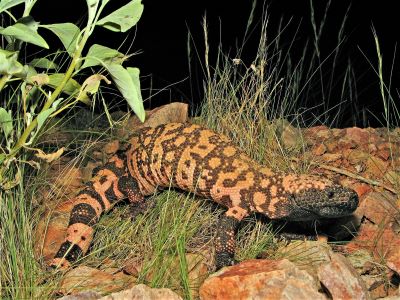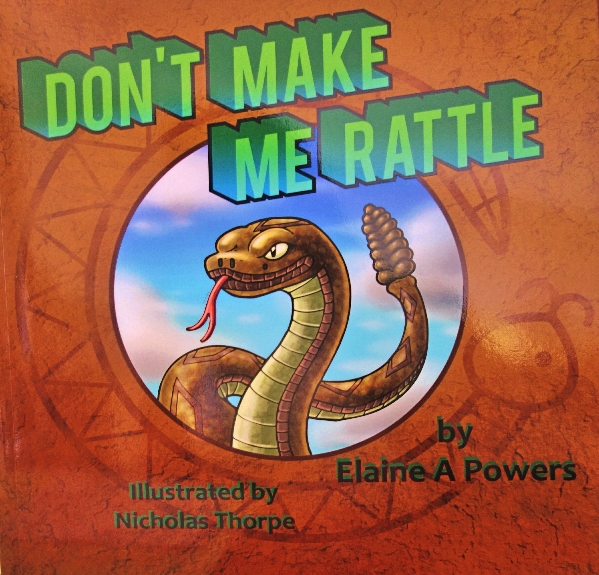Howdy, friends! It’s me, Curtis Curly-tail! You know how I LOVE to bask in the sun? Well, I’ve recently learned that some of my friends go underground when it gets cold—to stay warm!
My human friend, Elaine, wrote here at Tales & Tails that round-tailed ground squirrels spend the winter underground to stay warm. Yes, it gets cold in Southern Arizona during the winter, unlike the warm tropical weather of the Exumas, where I live. But ground squirrels don’t actually hibernate like some other mammals do—they go into a state of torpor.
Both the state of torpor and hibernation are means for mammals to survive cold temperatures, conserving energy due to low food availability. Hibernation and torpor both involve lowering body temperatures and breathing, heart, and metabolic rates. What’s the difference between them? It’s all in the planning. Animals that hibernate plan for it. They store fat in advance and stay in the quiet state for as long as possible. When the warm temperatures finally arrive, the animals take a while to wake-up, using up a lot of their energy reserves.
Torpor happens involuntarily and only lasts for short periods. It’s like a deep sleep. Waking up takes less time and involves violent shaking from muscle contractions. I call that shivering.
As scientists have learned more about hibernation, the definition has changed. Animals once believed to be hibernating were in fact in the state of torpor. Today, the term hibernation includes true hibernators and those asleep in torpor.
Here’s a fellow desert-dweller of Elaine’s, that hibernates during the cold winters.

Another interesting state is aestivation, which is an entirely different topic, in my estimation. Do you like my word play? Aestivation and estimation? I think Elaine should explain what aestivation is and use my rhyme in one of her books—with credit, of course!
For information about a desert dweller that goes into torpor–not hibernation–the Western Diamondback Rattlesnake–check out the 46-page workbook and activity sheets at Lyric Power Publishing, LLC. It’s educational, but it’s full of fun activities. Elaine always says, “Learning should be fun! That’s my story, and I’m sticking to it!”

Or, a perennial favorite is the rhyming, thrillingly illustrated Don’t Make Me Rattle! People fear rattlesnakes because they don’t understand them. Come inside and learn about these amazing snakes, how they help people, and why they should be respected, not exterminated.


